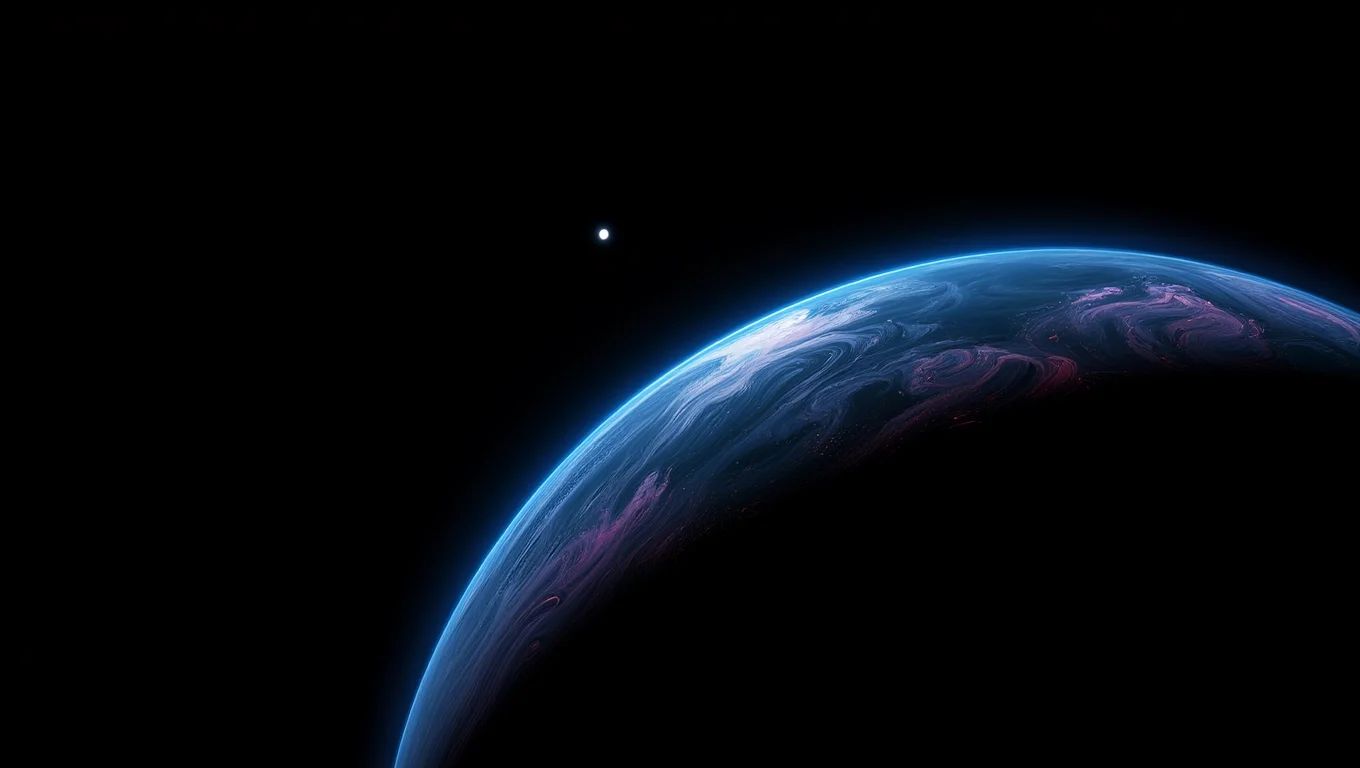Follow us on Google News (click on ☆)
Researchers analyzed archived data from two now-defunct satellites, IRAS and AKARI, searching for unusual movements. Among the identified candidates, one bright spot stands out due to its consistency in infrared images. This discovery, though preliminary, reignites the debate about the existence of an unknown giant planet.

The detected object exhibits characteristics that could match those of a distant planet. However, some experts, like Mike Brown from Caltech, remain skeptical. According to his calculations, this object's orbit would be too inclined to be that of the originally hypothesized Planet Nine.
The study, published on arXiv and accepted by the Publications of the Astronomical Society of Australia, does not constitute definitive proof. The authors acknowledge the need for additional observations to confirm the nature and orbit of this mysterious object.
The search for Planet Nine is driven by anomalies observed in the orbits of trans-Neptunian objects. Some scientists attribute these irregularities to the presence of an unknown planet, while others propose alternative explanations.
If it exists, Planet Nine would be an icy giant, orbiting very far from the Sun. Its direct detection poses a technical challenge due to its distance and faint brightness. The upcoming Vera C. Rubin Observatory could provide answers in the coming years.
For now, the scientific community remains divided over the interpretation of current data. The discovery of a new candidate renews interest in this astronomical enigma, but only observational confirmation can settle the debate.
What is the Kuiper belt?
The Kuiper belt is a region of the Solar System located beyond Neptune's orbit. It is home to thousands of small icy bodies, with Pluto being the most famous representative.
This zone is considered a remnant of the Solar System's formation. The objects it contains, called trans-Neptunian objects, provide valuable clues about the conditions that prevailed 4.6 billion years ago.
Studying the Kuiper belt also helps us better understand the Solar System's dynamics. The orbits of some of its members show anomalies that could be explained by the gravitational influence of an as-yet-undiscovered planet.
The Kuiper belt is also a prime target for space missions. New Horizons, after its flyby of Pluto in 2015, explored another object in this region, Arrokoth, in 2019.
How do we detect a distant planet?
Detecting a planet at the edge of the Solar System relies on several indirect methods. Analyzing gravitational disturbances on known objects is one of the most promising approaches.
Infrared telescopes also play a key role. They allow the detection of faint heat emitted by these icy bodies, which is invisible in the traditional light spectrum.
Archives from space missions are another valuable resource. By comparing images taken years apart, astronomers can identify suspicious movements.
Future facilities, like the Vera C. Rubin Observatory, should revolutionize this quest. Their ability to scan vast portions of the sky with unprecedented sensitivity offers new hope for discoveries.